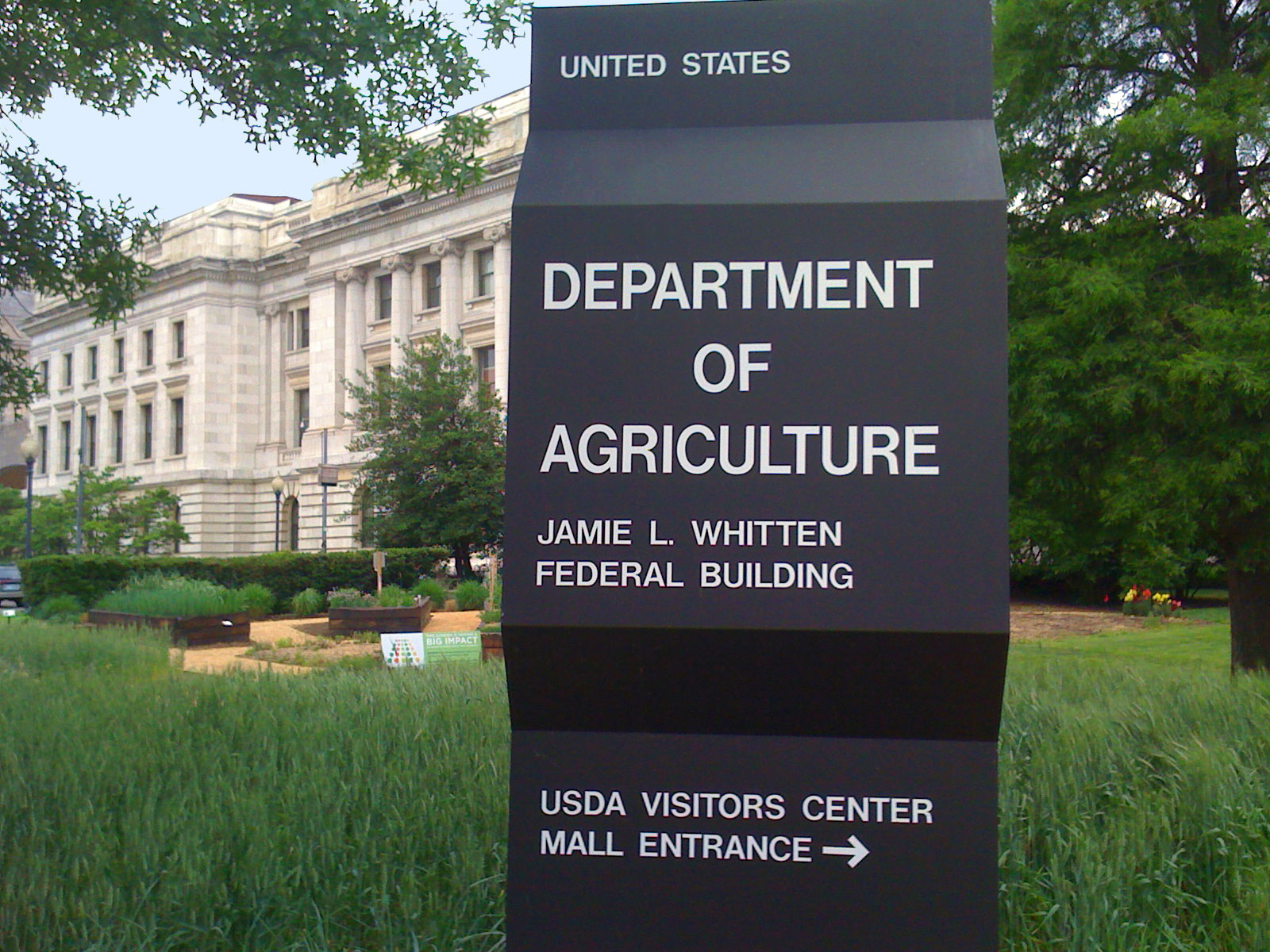Once every two weeks, janitors at the United States Department of Agriculture break open a new pallet of paper towels they’ll use to fill dispensers in 100 bathrooms scattered along seven miles of corridors throughout the USDA complex in Washington D.C. That’s at least two tons of paper a month—more than 24 tons a year. It’s no wonder that waste reduction is the USDA’s highest priority, when it comes to going green.
As the largest building on the National Mall and “the seat of Department leadership,” USDA officials want their headquarters to be “a model facility for others wishing to implement waste reduction and waste minimization programs,” according to the Waste Minimization Plan.
Although much of the USDA’s plan involves recycling, officials took a major step toward stopping waste at its source by installing 20 high-speed, energy-efficient hand dryers in restrooms throughout the USDA headquarters; the USDA reports seeing an immediate 50% reduction in the use of paper towels.
The high-speed energy-efficient dryers also deliver a 95% cost savings compared to paper towels and have a pay back period of less than one year. A Peer reviewed Life Cycle Assessment confirmed that high-speed dryers reduce the carbon footprint of hand drying by 50-70% when compared to both traditional hand dryers and 100% recycled paper towels.
All told, officials say the high-speed hand dryers are:
- Eliminating more than five tons of paper towel waste per year
- Lowering the cost of purchasing paper towels
- Reducing paper towel disposal fees
- Improving bathroom hygiene; there are now fewer wet paper towels trapping germs and overflowing onto the bathroom floor
The agency has targeted the biggest contributors to its waste stream, and high on the list is janitorial services and the extraordinary costs of supplying restrooms with paper towels; in fact, paper towels cost more than any other restroom supply or product.
 By dramatically reducing paper towel waste, janitors are now concentrating on tasks more critical than simply taking out the trash; janitors are now more focused and efficient because they are hauling away less paper towel trash—five million pounds less.
By dramatically reducing paper towel waste, janitors are now concentrating on tasks more critical than simply taking out the trash; janitors are now more focused and efficient because they are hauling away less paper towel trash—five million pounds less.
Overall, combined efforts of the Green Team and all USDA employees have reduced trash pick-ups at the complex from five to four per week, according to the most updated information posted on the USDA Web site.
By reducing the total number of “Trash Picks,” the USDA has:
- Eliminated 52 round trips to the USDA headquarters by big-rig diesel pick-up trucks
- Reduced the amount of diesel fuel being used
- Lowered airborne emissions of diesel exhaust and particulate pollution
- Cut greenhouse gas emissions from trucks traveling to the dump
- Reduced the amount of trash going into local landfills
- Saved $30,000 in dumpster fees
Removing paper towels and rolling out high-speed hand dryers remains a growing part of the agriculture department’s overall waste reduction program. Officials plan to continue installing XLERATOR hand dryers throughout USDA headquarters as they move ever closer to paper-free restrooms. +
Related Stories
| Aug 11, 2010
BIM school, green school: California's newest high-performance school
Nestled deep in the Napa Valley, the city of American Canyon is one of a number of new communities in Northern California that have experienced tremendous growth in the last five years. Located 42 miles northeast of San Francisco, American Canyon had a population of just over 9,000 in 2000; by 2008, that figure stood at 15,276, with 28% of the population under age 18.







